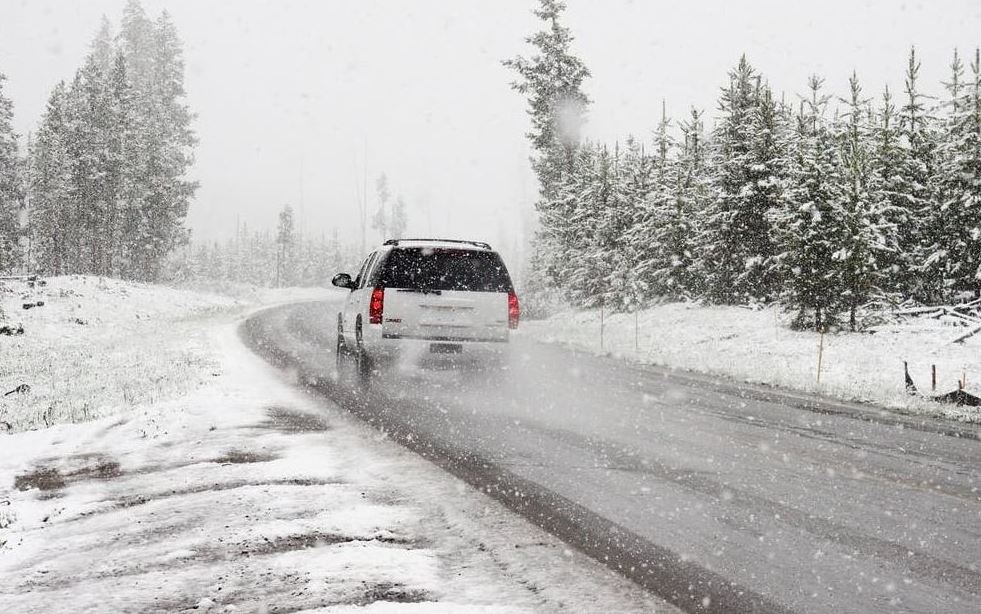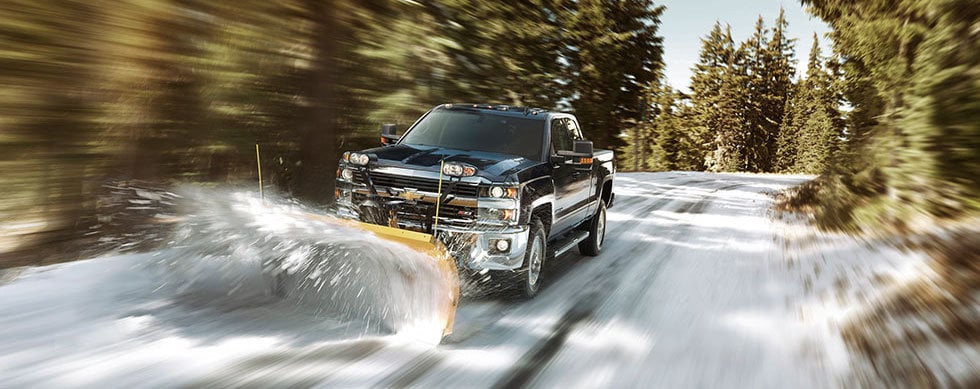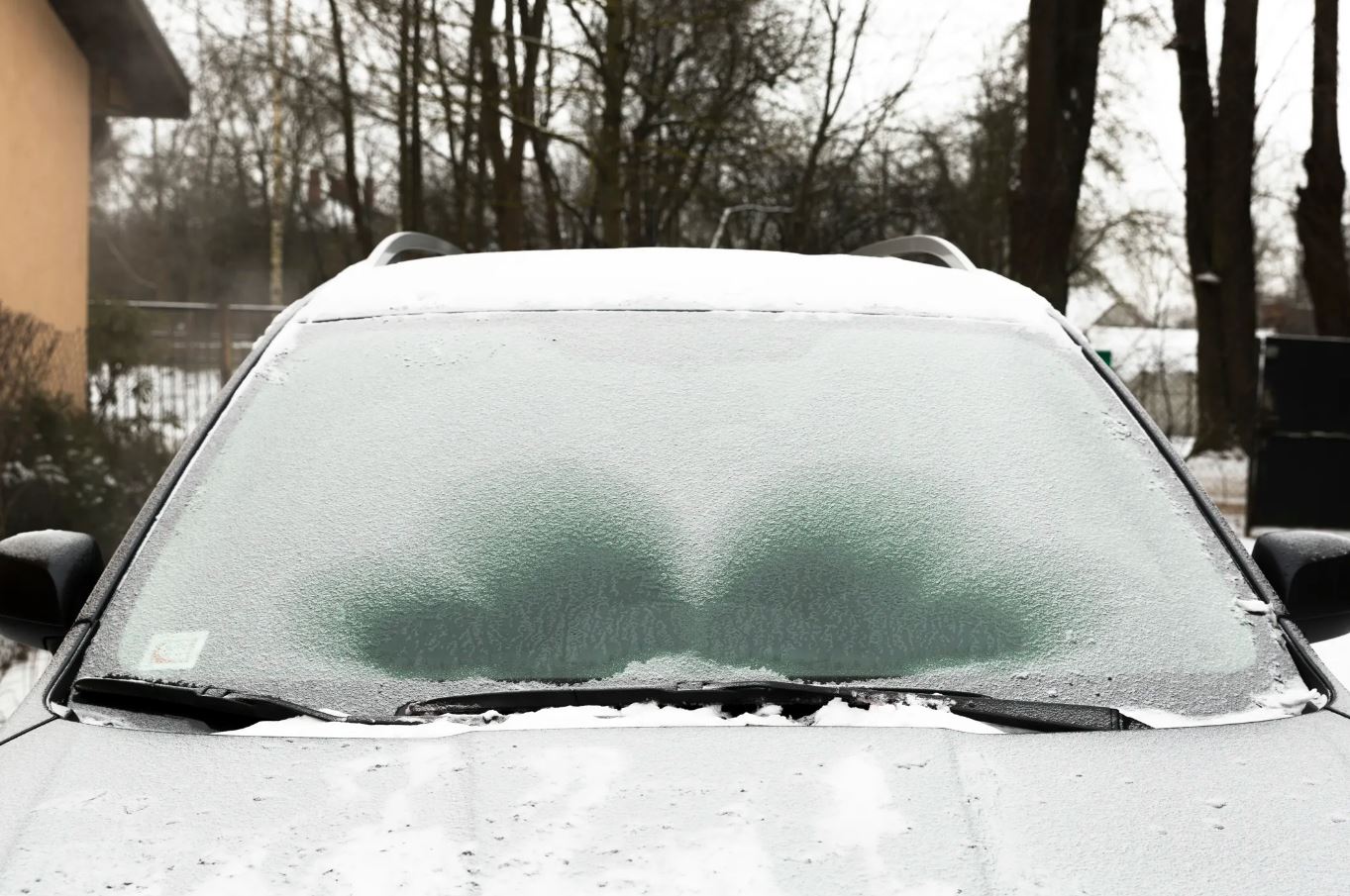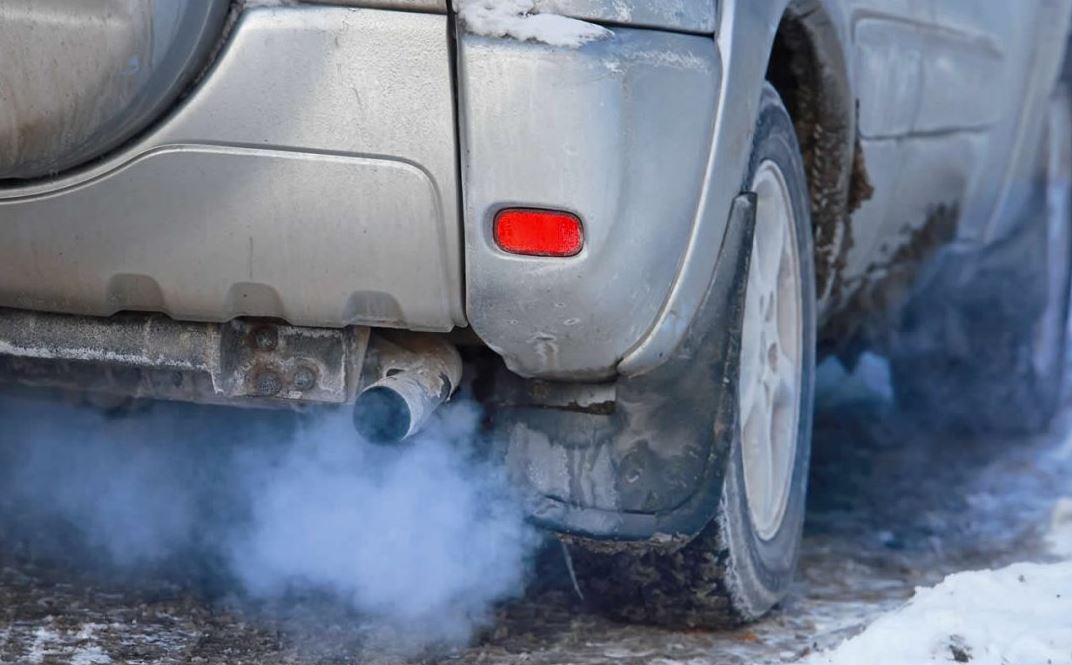Now that winter is upon us, a common question pops up among many drivers: "How long should I warm up my car before driving when it’s cold out?" This topic is especially important for those of us bracing for frosty mornings. Let's dive into some straightforward and helpful advice to keep your car running smoothly in cold weather.
Understanding Your Vehicle’s Winter Warm-Up Needs: New vs. Old Models
The answer depends on whether your car is a newer or older model, and it all comes down to the type of engine it has.

Knowing Your Car's Specific Needs
Every car is different, and the year when car makers switched from carburetors to fuel injection can vary. A good rule of thumb is that cars from the early 1990s onwards are more likely to have fuel-injected engines. But the best way to know for sure is to check your car's manual. The manual will tell you exactly what your car needs to stay happy and healthy.
- Newer Cars with Fuel-Injected Engines
If your car is from the late 1980s or newer, it probably has a fuel-injected engine. These engines are pretty smart! They're good at controlling the mix of air and fuel, no matter how cold it is. This means your car gets ready to go faster. In most cases, you just need to let your car run for about 30 seconds to a minute. That's usually enough time to get everything moving smoothly. - What About Remote Start Vehicles?
These modern conveniences still follow the same guidelines – a short idle time of about 30 seconds to a minute is usually enough. While it's tempting to keep the car running longer for a warm interior, remember it’s more about the engine than the comfort. - Older Cars with Carbureted Engines
Now, if your car was made before the late 1980s, it might have a carbureted engine. These engines are a bit more old-fashioned. They mix air and fuel by hand (well, not literally!), which isn't as quick to adjust when it's cold outside. So, these older cars often need a few minutes to warm up and make sure everything is running smoothly and all parts are well-oiled.

Winter Tips for Diesel Vehicle Owners: How to Warm Up Your Engine
Diesel engines are a bit different when it comes to winter weather, so let's break it down in simple terms.
Why Diesel Engines Are Special in the Cold:
- Diesel Fuel Gelling: Did you know that diesel fuel can turn thick, almost like jelly, when it's really cold? This can make it hard for the fuel to flow and your engine might not run as well.
- Starting Up Can Be Tricky: Diesel engines need to squeeze fuel really tightly to start. In cold weather, getting enough heat for this can be tough.
Warming Up Your Diesel Engine: Here's How!
- Quick Warm-Up for Newer Models: Got a newer diesel car? Good news! You probably only need to let it warm up for about 30 seconds to a minute, just like a gasoline car. This short time lets the oil spread around inside the engine.
- Longer Warm-Up for Older Cars: If your diesel car is a bit older, or if it's super cold outside, you might need a few minutes of warm-up. This helps everything inside the engine get ready to go.
- Using a Block Heater: In places where it gets really, really cold, using a block heater overnight can make a big difference. It keeps your engine warm, so it's easier to start in the morning.
- Drive Gently at First: Just like with other cars, start off with easy, gentle driving right after you warm up your diesel. This helps your engine get to the perfect temperature for running smoothly.
- Check Your Manual: Always take a peek at your vehicle's manual for the best advice. Different cars might need different things, and your manual will tell you exactly what's best for your model.

Electric Vehicles in Winter: No Engine Warm-Up Required
If you're driving an EV, you'll find it's a bit different from cars with regular engines when it comes to getting ready in the cold.
Start and Go with Your EV:
One cool thing about electric cars is that they don't need time to warm up like traditional cars do. Since they don't have the usual engine parts, you don't have to wait for engine oil to heat up. You can just start your EV and get going, even on those frosty mornings.
Keeping an Eye on the Battery:
The big thing to watch in cold weather is your EV's battery. When it's cold, the battery might not work as well and your car won't go as far on a charge. But don't worry, you don't need to warm up the battery the old-fashioned way.
Smart Battery Preconditioning:
Many electric cars have a handy feature called "preconditioning." You can turn this on with your car's screen or a smartphone app. It warms up the battery while your car is still plugged in. This keeps your battery ready to go and helps it last longer on the road.
Warming Up Inside the Car:
Want to hop into a warm car? You can use preconditioning for that too! Doing this while your car is still charging is great because it uses electricity from your house, not your car's battery. That way, you save your battery for driving.
Gentle Driving Helps Too:
Just like with any vehicle, driving gently when you start out is a good idea. This doesn't exactly warm up your car, but it does help your battery and car parts work better in the cold.
Always Check Your EV’s Manual:
Remember, each EV is a bit different. It's a great idea to read your EV's manual for the best tips on handling the cold. The manual will have all the details you need for your specific car.
In short, electric cars are pretty easy to get going in winter. You don't need to warm them up like other cars, but taking care of your battery and cabin can make your cold-weather drives more efficient and comfy!

The Quick Warm-Up Method
- Start Your Car: When you ignite your car on a cold day, you might be surprised to learn that a long wait isn't necessary. For most modern cars, just 30 seconds to a minute of idling is sufficient.
- Why This Works: During this brief time, the oil in your car, which can be thick like syrup in cold temperatures, gets a chance to warm up and flow smoothly through the engine. This process ensures all the parts are well-lubricated and ready for action.
Driving Is Key to Warming Up
- Gentle Driving: After the short warm-up, start driving, but keep it gentle. Avoid pushing the car too hard right away. This approach helps your car reach its ideal operating temperature more efficiently than just idling.
Special Note for Extreme Cold
- Extra Time in Severe Weather: If you're facing an exceptionally cold day, you might want to extend the warm-up time slightly, but usually, a few minutes is all you need.

Why It’s Not Good to Idle Your Car Too Long in Winter
Let's talk about why idling your car for too long in the winter isn't a great idea. We know it's tempting to keep the car running to stay warm, but this could be hard on your car. Here's what can happen:
1. Oil Gets Mixed Up (Oil Dilution):
When your car just sits there running, the engine doesn't get fully warm. This means the fuel doesn't burn completely and can mix with the engine oil. This mix, called oil dilution, makes the oil less effective and can wear out your engine faster.
2. Extra Wear on Engine Parts:
Your engine likes to run at a certain temperature. If it's idling and not getting warm enough, parts inside the engine don't work as they should. This can cause more wear and tear on things like cylinder liners and piston rings.
3. Battery and Alternator Stress:
Letting your car idle puts pressure on your battery and alternator because they don't get the chance to fully charge like when you're driving. Over time, this can lead to battery and alternator problems.
4. Spark Plugs Can Get Dirty:
If the fuel isn't burning all the way, it can leave behind gunk on your spark plugs. This can cause your car to misfire, reduce how well it runs, and even make it hard to start.
5. Rust in the Exhaust System:
If your engine isn't hot enough, the water in the exhaust can turn into condensation and cause rust and corrosion in your exhaust system.
6. More Pollution:
Cars make less pollution when they're warm. If your car is idling and not fully warm, it can put out more harmful stuff into the air.
7. Wasting Fuel:
Idling means your car is using gas but not going anywhere. That's like getting zero miles per gallon!

The Solution? Short Warm-Ups Are Best:
To avoid these problems, you don't need to idle your car for long. Just a short time, enough to get the oil moving (about 30 seconds to a minute), is all you need before you start driving. And remember, driving gently at first helps your car warm up better than just sitting there.
Always Consult Your Vehicle Owner's Manual
Individual Car Needs: Every car is unique. Your vehicle’s manual is the best source of information on how to care for it, including specifics about warming up in winter.
Warming up your car properly during winter is crucial for its health and your comfort. Remember, these guidelines are primarily for modern, fuel-injected vehicles. For specific advice, especially for older or unique models, always refer to your vehicle's manual or consult with your local Kunes Auto Group Service Center.
Stay warm and drive safely!



